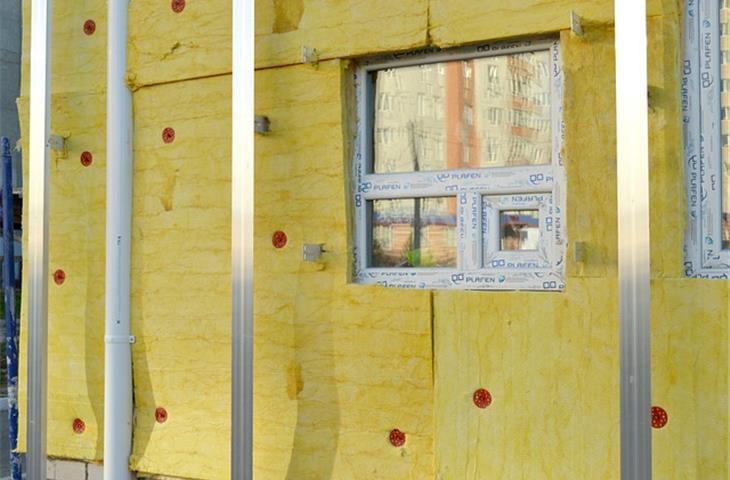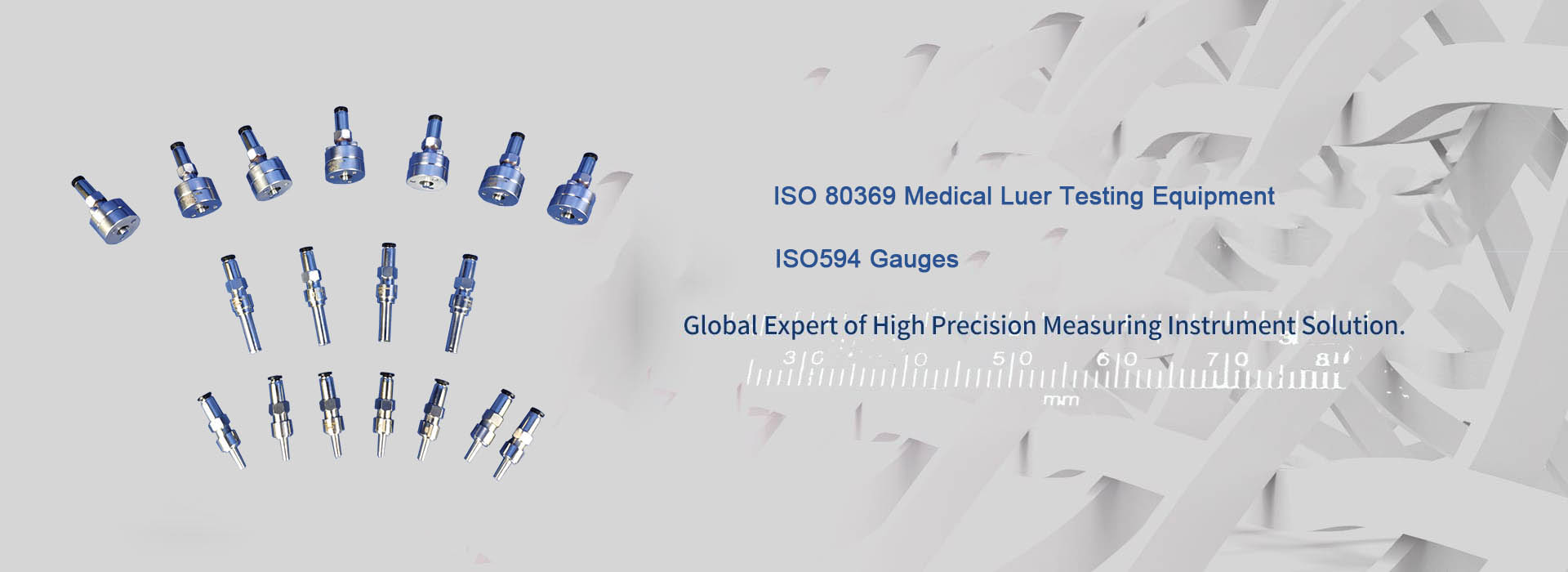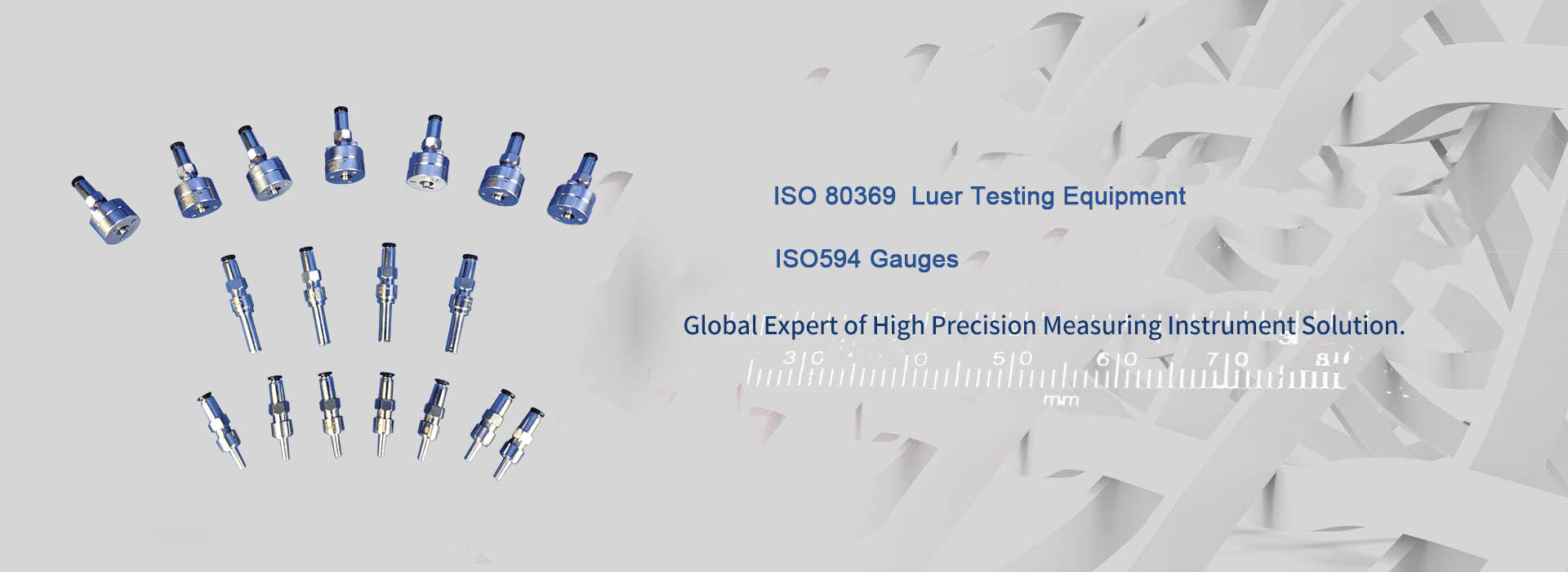When Horizontal Thermal Shock Test Chambers Excel
Chambers designed for horizontal thermal shock testing are vital instruments for testing the sturdiness of materials under swift temperature fluctuations. These chambers simulate actual conditions, ensuring that products meet rigorous quality criteria. By subjecting materials to quick temperature oscillations, engineers can determine their ability to withstand temperature-induced stress and maintain mechanical integrity. In this article, we will explore the importance of Chambers designed for horizontal thermal shock testing, their applications, and the key requirements for their effective operation.
I. Material Selection and Design:

The selection of appropriate materials for Chambers designed for horizontal thermal shock testing is crucial for their operation and longevity. Here are four related demands:
1. insulating material:

Chambers must be well-insulated to maintain steady thermal conditions during testing. The insulating material should have low heat conductivity and superb thermal barrier to minimize thermal dissipation.
2. Conductive Material:

To ensure quick temperature fluctuations, the chamber side walls must be made of materials with superior thermal conductivity. This allows for quick heat exchange, minimizing the time required for temperature shifts.
3. Buliding Materials:
The structural components of the chamber, such as support frames, must be strong and enduring of withstanding the forces exerted during temperature shock test. These materials should also have superior thermal expansion characteristics to avoid warping.
4. Material Suitability:
The materials used in the construction of the chamber should be stably chemically and anti-corrosion, as they may come into contact with diverse chemicals during testing.
II. precision and Control of Temperature:
Accurate temperature regulation is vital for horizontal temperature shock chambers. Here are four correlated requirements:
1. Temperature Scope:
The chamber should be capable of achieving a wide Temperature Scope, from extremely low temperatures to very high temperatures, to simulate various weather conditions.
2. temperature constancy:
The chamber must maintain consistent temperature constancy throughout the testing process. Any fluctuations can affect the correctness of the outcomes.
3. Temperature Accuracy:
The temperature regulation system should ensure precise temperature measurements, minimizing errors in the testing process.
4. even heat distribution:
The chamber should distribute heat evenly across the entire test zone, ensuring uniform outcomes for various dimensions and forms of materials.
III. Security and Reliability:
Security is a highest priority in incline thermal shock test systems. Here are four relevant requirements:
1. Temperature Surveillance:
Continuous Temperature Surveillance systems are essential to identify any abnormalities or differences from the targeted temperature spectrum, ensuring the security of workers and trial specimens.
2. Emergency Cut-off System:
In the event of a failure or dangerous situation, the chamber should have an Emergency Cut-off System to stop the testing process and avert incidents.
3. composite tolerance assessment:
frequent composite tolerance assessment should be conducted to confirm that the chamber is safe for application with various composites without causing damage or dangerous interactions.
4. Operational Training:
workers should receive extensive training on the secure operation of horizontal thermal shock testing apparatus to reduce the probability of incidents and confirm precise test outcomes.
IV. performance and upkeep:
performance and upkeep are essential elements for the best performance of horizontal thermal shock testing machines. Here are four related demands:
1. power usage:
The chamber should be designed to minimize power usage, reducing running expenses and environmental influence.
2. service demands:
periodic upkeep should be easy and easy, with easily accessible replacement parts and replacement pieces.
3. Portability and Flexibility:
Chambers should be designed for portability, allowing for easy transportation and flexibility to different testing environments.
4. Software Integration:
Integration with state-of-the-art software solutions can enhance the efficiency of horizontal thermal shock testing machines, providing instant data examination and facilitating the understanding of testing outcomes.
Portable thermal shock test chambers are essential tools for product testing and quality control. By meeting the demands of ingredient choice, climate management, security, and effectiveness, these chambers can provide precise and trustworthy results. As innovation keeps evolving, the progress of Portable thermal shock test chambers will become even more vital to guaranteeing the operating ability and durability of materials in difficult thermal environments.
- Fatal mistakes in IPX9K waterproof test: nozzle size and water temperature control, the truth you must know
- Neutral Electrode Temperature-rise Tester: Ensuring Safety in Electrosurgery
- ISO 80369-7 Luer Gauge Checklist
- What are the implications for manufacturers transitioning from ISO 594 to ISO 80369-7?
- KINGPO Company Unveils Next-Generation Electrosurgery Analyzer
- ISO 594 is replaced with ISO 80369
- Saudi Arabian Customer Purchase ISO 80369-7 reference connector and ISO 80369-20 test apparatus from us
- ISO 80369-3 Test Equipment LIst
- Essential Considerations for Small-Bore Connector Testing Equipment
- Luer Gauge Adapter for Syringes: Enhancing Medical Precision and Safety


